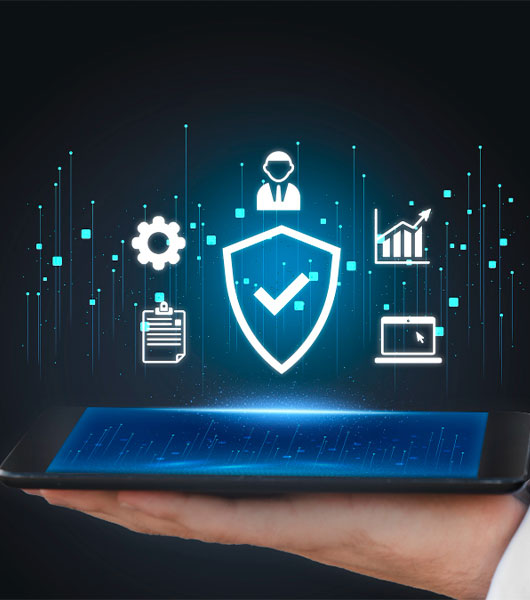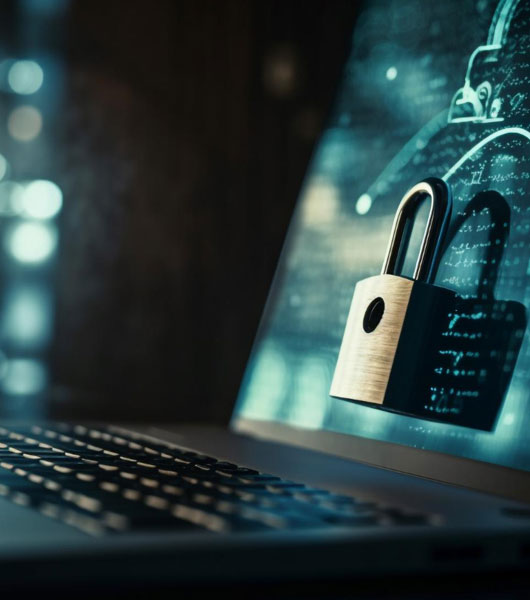- United House, Madani Avenue, United City, Dhaka-1212
Cyber Security
Cybersecurity Service: Safeguarding Digital Assets
Cybersecurity services encompass a range of practices and technologies designed to protect digital systems, networks, and data from cyber threats, ensuring the confidentiality, integrity, and availability of information. These services are crucial in today's interconnected world, where cyberattacks pose significant risks to businesses and individuals alike. Here are the key components of a cybersecurity service:


Vulnerability Assessment and Management
Identifying and mitigating vulnerabilities in an organization's systems and networks is a fundamental aspect of cybersecurity. This involves regular assessments, penetration testing, and the implementation of patches and updates to address potential security weaknesses.

Firewall and Intrusion Detection/Prevention Systems (IDPS)
Firewalls act as a barrier between a trusted internal network and untrusted external networks, monitoring and controlling incoming and outgoing network traffic. IDPS, on the other hand, actively monitor network or system activities for malicious exploits or security policy violations.

Antivirus and Anti-Malware Solutions
These software solutions scan, detect, and remove or quarantine malicious software, including viruses, worms, Trojans, spyware, and other types of malware.

Identity and Access Management (IAM)
IAM solutions ensure that only authorized individuals or systems have access to specific resources. This involves authentication (verifying the identity of users), authorization (granting appropriate permissions), and accountability (tracking actions of users).

Encryption and Data Protection
Encrypting sensitive data at rest and in transit is crucial for safeguarding it from unauthorized access or interception. This involves using cryptographic techniques to encode information, making it only accessible to authorized parties.

Security Information and Event Management (SIEM)
SIEM systems collect, aggregate, and analyze security-related data from various sources within an organization. They provide real-time monitoring, threat detection, and incident response capabilities.


Incident Response and Forensic Analysis
In the event of a security breach, an incident response plan is activated to contain, mitigate, and recover from the incident. Forensic analysis is conducted to investigate and gather evidence about the attack.

Security Awareness Training
Educating employees about cybersecurity best practices is crucial in creating a security-conscious organizational culture. Training programs cover topics like phishing awareness, password hygiene, and safe internet usage.


Compliance and Regulatory Adherence
Ensuring that security practices align with industry-specific regulations and compliance standards (e.g., GDPR, HIPAA) is essential for legal and regulatory compliance.

Continuous Monitoring and Threat Intelligence
Cybersecurity is an ongoing effort. Continuous monitoring involves the real-time assessment of systems and networks for potential threats, while threat intelligence provides insights into emerging threats and attack techniques.
Cybersecurity services are dynamic and adaptive, evolving alongside the ever-changing landscape of cyber threats. By implementing a comprehensive cybersecurity strategy that incorporates these components, organizations can significantly reduce their risk exposure and safeguard their digital assets.
TOP